“I wanted to make a space with very ambiguous borderlines, which has a fluctuation between local spaces and the overall space, rather than a universal space like that of Mies” says Ishigami. “This allows a new flexibility to emerge, revealing reality rather than shaping it.”
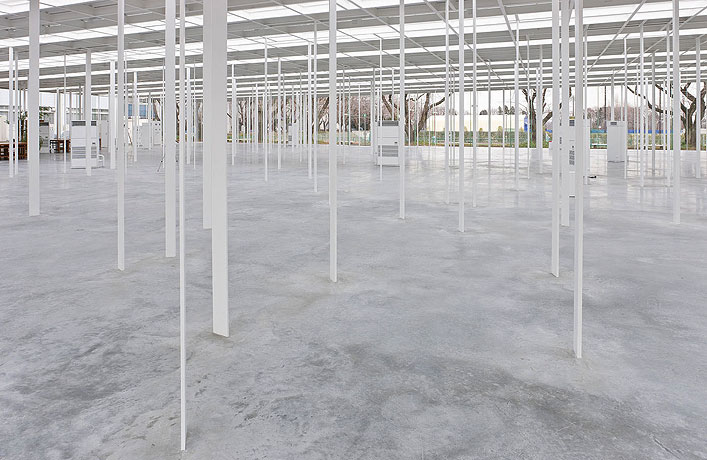
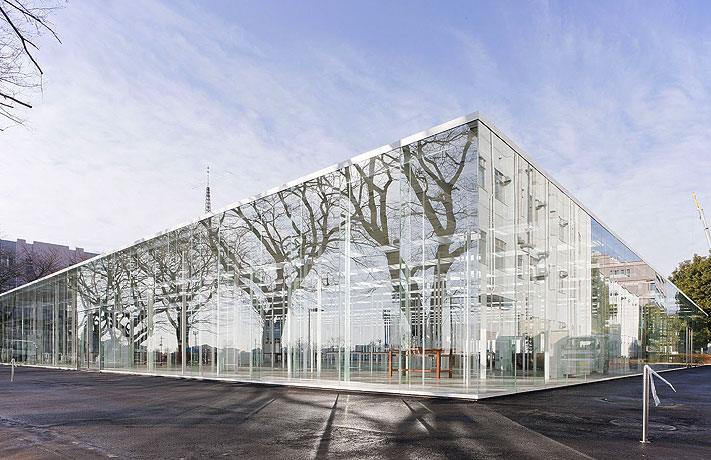
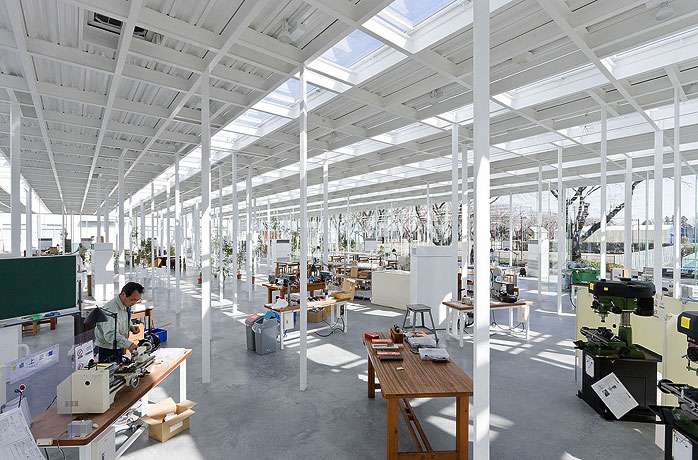
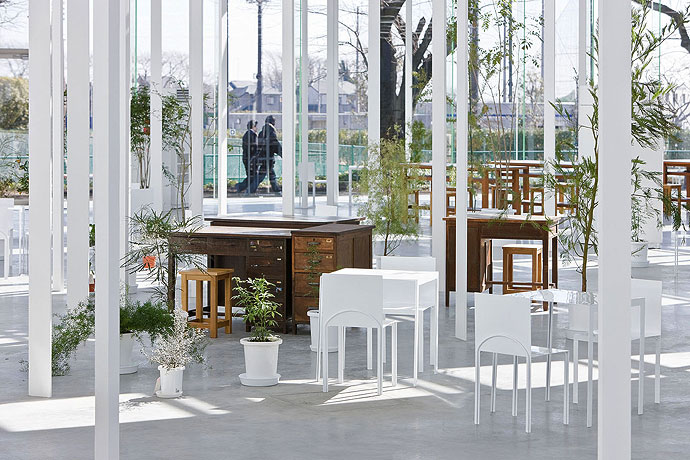

Junya Ishigami’s work at the Kanagawa Institute of Technology in Japan, just west of Tokyo, is an example of the way that a man-made, designed physical space will correspond and even help to dictate dynamics between people in a social environment.
The on-campus building is a place for students in the fields of design and engineering to work together making objects, sharing ideas and collaborating on projects. The university's intention for the students' experience is taken into account by the young Japanese architect, who presents tall thin white columns that are spread out within the glass windows that line the perimeter and establish the boundary walls of the building. The transparency of the clear exterior walls allow the space to blend in with its exterior environment. Inside the structure, furniture such as desks and chairs are arranged in a way that encourages a community vibe, rather than cubicles or walls that would separate and forge barriers around the work spaces. This lack of privacy within an open space encourages a different, more interactive social behavior than if the physical design were geared towards independence and isolation.
Contrast this reality with an institution like a library, for example. At the library at this university in Japan, my guess is that there are more nooks and crannies for people to go hide in with their books and computers; walls and blocks sharply distinguish study areas and individual desks. This type of design communicates to people, visitors and students alike, that the social environment is more conducive to quiet thinkers who came to study in their own personal space.
These physical signs are things to look out for as we navigate through our daily lives. When we enter a new space, we search and scan for text and words, icons, images, and architecture, all of which were created by designers and serve as signifiers or clues, that help us to negotiate our way through the world. All the while we look for aesthetically attractive visual communication, as displayed by Ishigami, whose work displays a productive and powerful process that is design, in which we communicate using visual information.
-AM
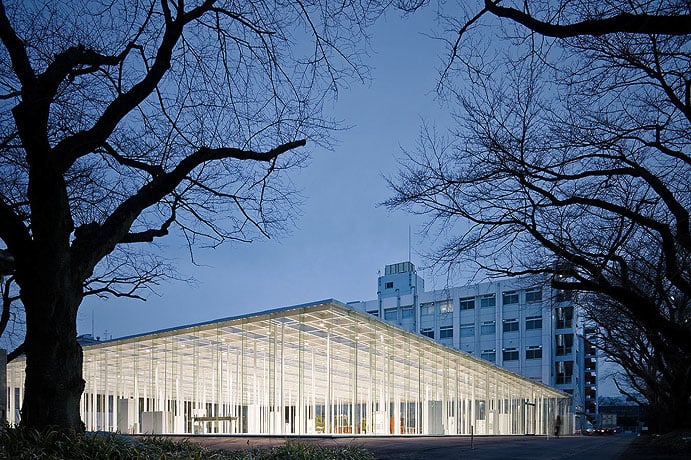

No comments:
Post a Comment